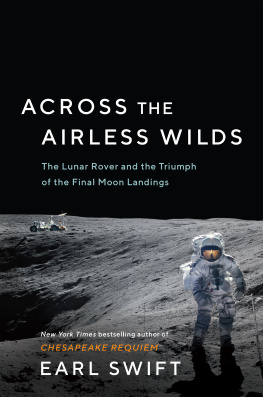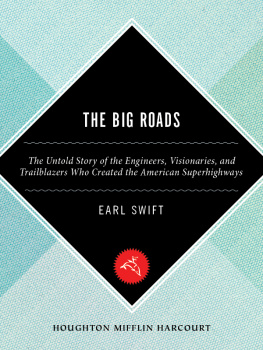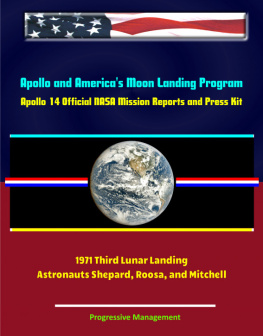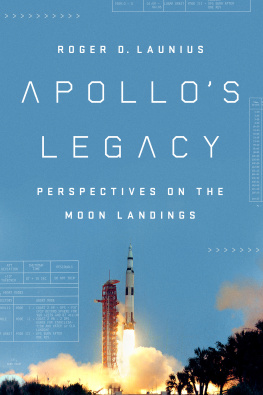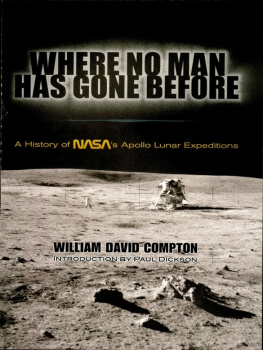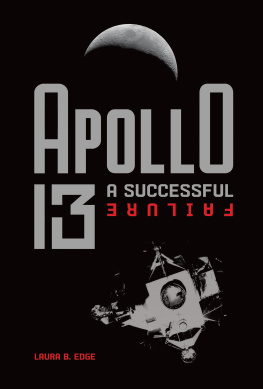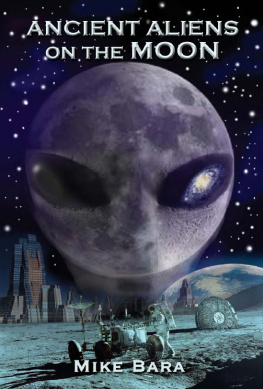Earl Swift - Across the Airless Wilds: The Lunar Rover and the Triumph of the Final Moon Landings
Here you can read online Earl Swift - Across the Airless Wilds: The Lunar Rover and the Triumph of the Final Moon Landings full text of the book (entire story) in english for free. Download pdf and epub, get meaning, cover and reviews about this ebook. City: New York, year: 2021, publisher: CustomHse, genre: History. Description of the work, (preface) as well as reviews are available. Best literature library LitArk.com created for fans of good reading and offers a wide selection of genres:
Romance novel
Science fiction
Adventure
Detective
Science
History
Home and family
Prose
Art
Politics
Computer
Non-fiction
Religion
Business
Children
Humor
Choose a favorite category and find really read worthwhile books. Enjoy immersion in the world of imagination, feel the emotions of the characters or learn something new for yourself, make an fascinating discovery.
- Book:Across the Airless Wilds: The Lunar Rover and the Triumph of the Final Moon Landings
- Author:
- Publisher:CustomHse
- Genre:
- Year:2021
- City:New York
- Rating:4 / 5
- Favourites:Add to favourites
- Your mark:
Across the Airless Wilds: The Lunar Rover and the Triumph of the Final Moon Landings: summary, description and annotation
We offer to read an annotation, description, summary or preface (depends on what the author of the book "Across the Airless Wilds: The Lunar Rover and the Triumph of the Final Moon Landings" wrote himself). If you haven't found the necessary information about the book — write in the comments, we will try to find it.
Earl Swift lays out this great unsung saga with verve and magisterial sweep. Hampton Sides
In this brilliantly observed (Newsweek) rediscovery of the final Apollo moon landings, the acclaimed author of Chesapeake Requiemreveals why these extraordinary yet overshadowed missionsdistinguished by the use of the revolutionary lunar roving vehicledeserve to be celebrated as the pinnacle of human adventure and exploration.
8:36 P.M. EST, December 12, 1972: Apollo 17 astronauts Gene Cernan and Jack Schmitt braked to a stop alongside Nansen Crater, keenly aware that they were far, far from home. They had flown nearly a quarter-million miles to the man in the moons left eye, landed at its edge, and then driven five miles in to this desolate, boulder-strewn landscape. As they gathered samples, they strode at the outermost edge of mankinds travels. This place, this moment, marked the extreme of exploration for a species born to wander.
A few feet away sat the machine that made the achievement possible: an electric go-cart that folded like a business letter, weighed less than eighty pounds in the moons reduced gravity, and muscled its way up mountains, around craters, and over undulating plains on Americas last three ventures to the lunar surface.
In the decades since, the exploits of the astronauts on those final expeditions have dimmed in the shadow cast by the first moon landing. But Apollo 11 was but a prelude to what came later: while Neil Armstrong and Buzz Aldrin trod a sliver of flat lunar desert smaller than a football field, Apollos 15, 16, and 17 each commanded a mountainous area the size of Manhattan. All told, their crews traveled fifty-six miles, and brought deep science and a far more swashbuckling style of exploration to the moon. And they triumphed for one very American reason: they drove.
In this fast-moving history of the rover and the adventures it ignited, Earl Swift puts the reader alongside the men who dreamed of driving on the moon and designed and built the vehicle, troubleshot its flaws, and drove it on the moons surface. Finally shining a deserved spotlight on these overlooked characters and the missions they created, Across the Airless Wilds is a celebration of human genius, perseverance, and daring.
Earl Swift: author's other books
Who wrote Across the Airless Wilds: The Lunar Rover and the Triumph of the Final Moon Landings? Find out the surname, the name of the author of the book and a list of all author's works by series.

